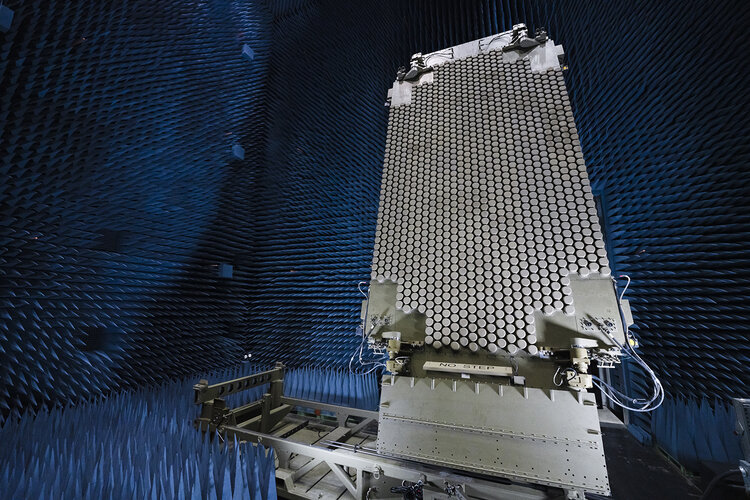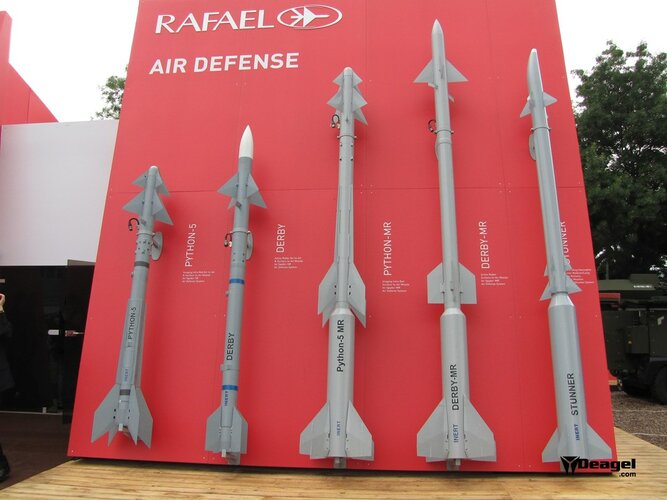A U.S. Army Space and Missile Defense Command Technical Center team once again successfully used a low-cost, unguided target to improve America’s missile defense forces.
The Economical Target-2, or ET-2, is a ballistic missile target designed to fly a ballistic flight path and demonstrate defensive protection capability, launched from White Sands Missile Range, New Mexico, April 26. The purpose of the flight was to serve as a search track for the Lower Tier Air and Missile Defense Sensor, or LTAMDS, radar.
“My experience leading up to the launch was exciting,” said Anne E. Wolf, ET-2 test director, Targets Test Directorate, USASMDC Technical Center, where she coordinated between the range and the launch team. “This was my first time in the role of test director. It was a great learning experience and a lot of fun. With all tests, there are unexpected hurdles. Our team overcame everything that came our way and had a successful mission. It is amazing to get to work with people like our government and contractor teams.
“I am proud of this team and all the hard work they have put in this target,” she added. “With every launch, we have lessons learned. It’s been great to see our team get better with each new mission.”
Like SMDC’s Zombie missile targets, the ET-2s repurpose demilitarized Army motors and gives them life as targets. Although they do not have the accuracy of the guided Zombie targets, the command can provide this target at a fraction of the cost for situations where the target accuracy is a lower priority.
The ET-2 target was developed as a follow-on from the ET-1 target program. The ET-1 targets group started development in 2010 and flew a risk reduction flight in February 2012. The ET-2 program started development early in 2020 and is an upgraded version of the ET-1 target with a longer range motor.
Olivia Miller, ET-2 pad chief from the Targets Test Directorate in the SMDC Tech Center, said the Army continually needs low-cost targets for missile tests and ET-2 targets help the Army with modernization by allowing for more frequent testing to occur within budget constraints. As new, improved missile defense technology is developed, flight tests are needed to demonstrate capabilities and increase efficiency of fielded technology.
“I would say that our mission was successful on multiple accounts,” Miller said. “We tracked down and eradicated issues that arose in our February mission, leading to a much smoother countdown. Despite increased winds on launch day, our trajectory remained within range safety parameters, allowing us to launch as planned. Most importantly, our customer was able to successfully track ET-2.”
In her role as pad chief, Miller remotely elevated and rotated the target launcher to nominal launch settings, as well as make adjustments throughout the count based on updated wind data.
Miller said ET-2 provides customers with a low cost target with which they can test, mature, and validate their systems and software. The ET-2 mission is important because every successful launch allows our customers to further prepare their system for deployment.
“Being a part of the target launch team is exciting because every launch is different,” Miller said. “I’ve learned that even if we are launching the same target every time, something unexpected will inevitably happen during countdown. We have to react and adjust to these situations in order to give ourselves every opportunity to launch. After overcoming those obstacles as a team, seeing the target leave the rail is that much more rewarding.”








